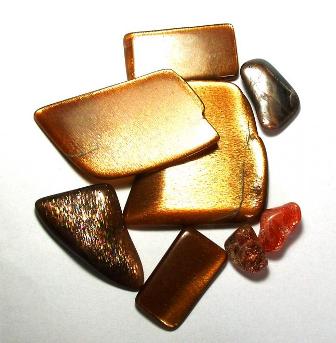How to tambour stones in a home
How to make pebbles in home - tambelling, tumbling, tumbling
I decided to prepare this blog for many questions, "And how do you do it?" ... so go ahead. I hope you will not be bored and that you will also learn something that you have not yet known. And that you will like the pictures!
Tambling , or even tumbling stones (depending on whether you prefer English or German) is quite a lengthy and pious process of tumbling stones in a drum, which, in layman's terms, makes a rough piece of rock a nice and shiny pebble (troml, tambl)… definition…
Samples:
Silicit Poland Sandomierz Sunstones Tanzania Gairo
From left: Smoky quartz Ukraine Volyn, Rose quartz from Dolni Bory, Topaz Ukraine Volyn
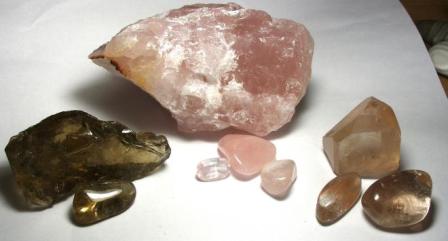
Ametyst Bochovice raw Amethyst Bochovice finished Jaspis ČR finished
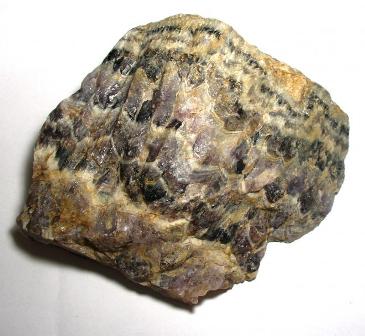
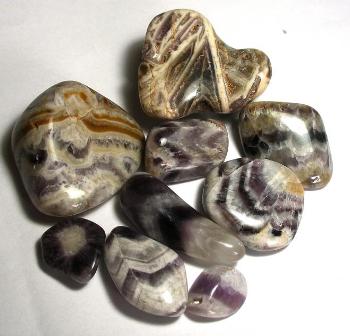
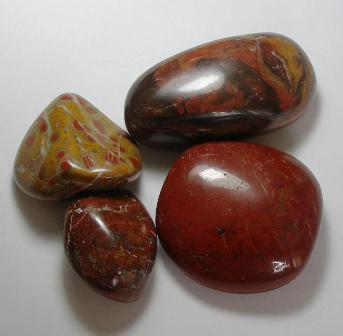
How do you even get it? It usually starts with not knowing what to do with your own findings, the raw ones are not much in the shelf, and somehow they get you in the basement… but don't you throw out the agate, jasper, grenade and other crumbs? That?
Araukarite - Manětín (wood, 25 kg) Labradorite raw Labradorite processed, polished



And so we started. As soon as you get your first movement, other friends with a collector's passion will start to pack up, with their cellar supplies, and suddenly hup hup to make it all, you suddenly have a fleet of 1 machine per 80kg, six vibratorspolishing machines, four more rotary shaping machines… and it's not enough. Suddenly, you buy raw material all over the world, because somebody always asks you for these stones, and they are not in the Czech Republic… and it goes… Even so, we keep a high proportion of “pure Czech, Moravian and Slovak minerals” that you probably won't meet…
You will also suddenly find that you need a special drill, polisher, diamond saw to cut precious raw materials and all the big bags of polishing powders of all grades, including diamorous paste, plastic pellet, welding gun to repair bowls, handy locksmith, company that can repair any a strange engine ... and a lot of other things.
Rotating Drums Vibrating Tambly Large Tambling Machine
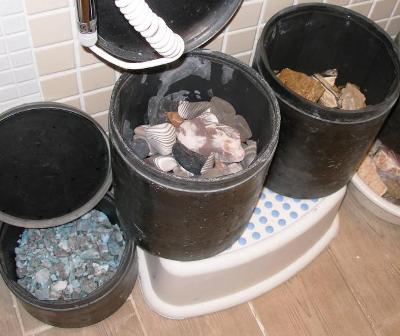

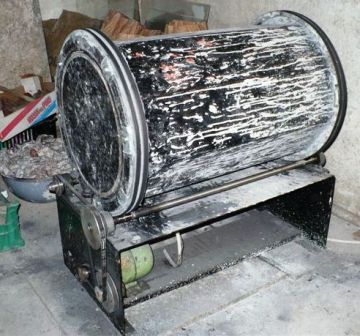
What we are going to talk about, this all climbs a lot into money. Machines and some powders can only be found in the US, or China ... and one ordinary plastic bowl for a vibrating tambla costs an unbelievable few thousand ... a rifle ... and before you say "labradorite," the creature is already broken ... (but a clever Czech guy knows that it can be soldered with a special plastic and a gun more expensive, of course). So much for the economy of this noble hobby. (There is no clear conscience about profitability, even if we try to do so ![]() Often our income is natural in kind
Often our income is natural in kind ![]()
Sagenite (rutile crystal) Monthly k (raw, polished, pre-cut for sanding)
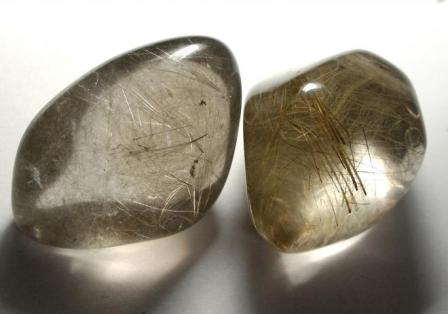
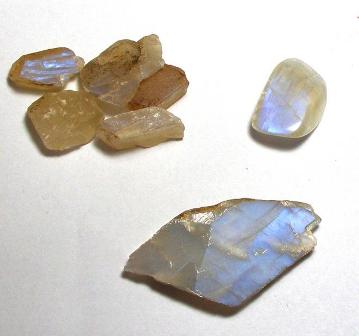
You could say that only a fool would do something like that. Which is definitely the appropriate answer. But once you fall into the charm of those plump stones ... you can't stop. So in the evenings we take over, the husband pulls the buckets of stones back and forth, cuts, rubs, and normally works in the daytime (hydrogeologist). I'm trying to help him as much as possible, and our son sabotages it sometimes. (Mixed stacks, pidi shells spilled all over the hallwaylost mothers from tambling bowls and other sheds
Grenades Tanzania (small) + Alfi and Jack… what to add
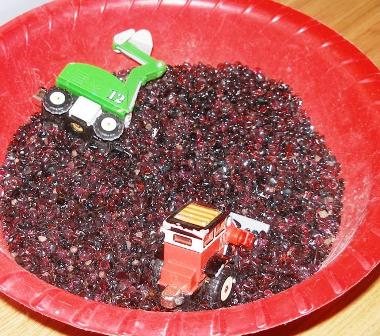
But equipment is just one part of the process, another, and no less important is know how. How can such know-how be obtained? (in addition to Charles University's study of geology, books, the Internet, good advice, but the most unpopular way of trying / mistaking. In the books, everything is easy… but in practice we find out what a stone, that other behavior… even one kind of stone, for example, amethyst behaves differently from Brazil and otherwise from Bochovice.While one polishes one poem, the other, from another end of the world not to peek through ... or stings, breaks, breaks ... (same procedure, same machine, hypothetically same the stone of the same hardness ... and the result? ![]() And so it is with everyone. Sometimes it's desperate. Holt Nature.
And so it is with everyone. Sometimes it's desperate. Holt Nature.
But enough about the endless challenges of the mineral empire. Below I will mention the process of tambling, how it looks ideal (because sometimes they happen ![]()
Tiger's eyes just creased (the rest still in the mud) and already washed charms, obsidians, lapises, etc…
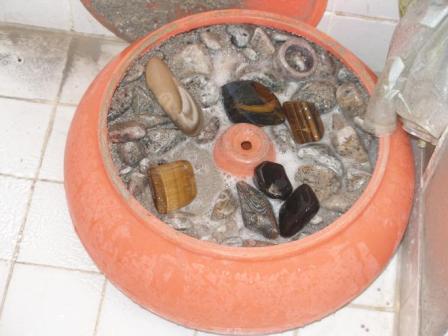

STEP I. RAW AND SHAPING
Raw material. - This refers to stones of the optimum size in the respective machine. Precious raw materials and raw materials with cat or other effects (lunar stone, sun stone, labradorite) need to be cut in the appropriate direction, otherwise it is unnecessary. The smallest stones are the worst, where it is the art of cutting in stone and not in the finger. Other raw materials can be adjusted to the optimum size by a hammer ![]() . Sometimes it's a nice chore (but a 5-kilometer block of tiger's eye just can't be there…). Nice colored stones with trimmed bad parts must be put into troml. So, the cracked parts are cut off, the porous parts into which the polishing powder is later poured. So by no means do you collect something in the field or quarry and pour it there, it would be a waste of work, electricity and a place for nicer stones. In America, people who tangle the nice rule of "Rubbish There, Ugly Out". Tromling just doesn't make bad stones better.
. Sometimes it's a nice chore (but a 5-kilometer block of tiger's eye just can't be there…). Nice colored stones with trimmed bad parts must be put into troml. So, the cracked parts are cut off, the porous parts into which the polishing powder is later poured. So by no means do you collect something in the field or quarry and pour it there, it would be a waste of work, electricity and a place for nicer stones. In America, people who tangle the nice rule of "Rubbish There, Ugly Out". Tromling just doesn't make bad stones better.
Aquamarine (2,6kg) Falcon, Bull and Tiger Eye Cut labradorite
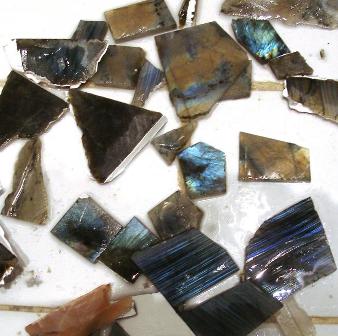
If we have the raw material OK, roughing (or shaping) occurs - which is the longest part of the process, usually 0.5 - 3 months before the stones are rounded and the sharp edges disappear. For example, quartzites last 1.5 months before their shape is sufficiently round and pretty. Ruby, sapphire and others are in the machine for half a year! At this stage, they can grind all together regardless of the type (except for the extra soft types).
The stones are shaped mechanically in a rotating drum as if they had been tumbling for centuries in a river. Here's a drop faster, especially with 20-80 silicon carbide. It is necessary to wash the stones every week and add new abrasive powder. The finished ones are selected continuously. (No flaws, stubs, etc.). And they put aside to keep them from wasting.
Here is just a small nipple - we are trying to achieve the greatest possible perfection, thus decreasing the yield (= what is left) Usually, it moves to about 50% of the input material, it depends on how much it had to be shaped. For pre-cut or rounded stones, the yield is much higher. Higher yields can be achieved, around 70%, but we believe that it is better to make nice, pebble stones that sell well, rather than spoiled, even massive pieces :-). However, it depends on the customer what he wants, whether quality or quantity.
Stone cutting saw (water-cooled) Moonstone, labradorite and sun stone pre-cut
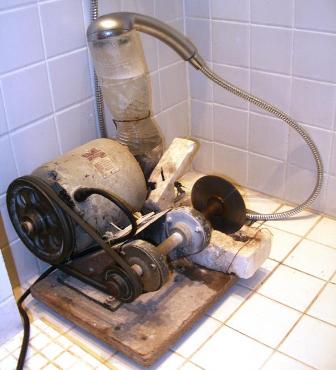
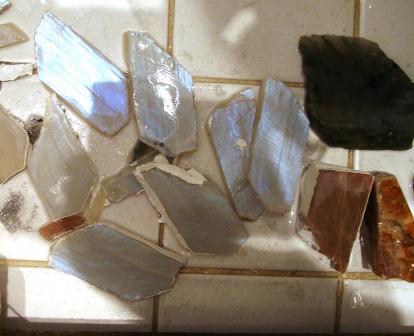
STEP II- GROSS GRINDING
When most of the stones are formed, the second phase occurs. Coarse sanding (it takes about 1 week, depending on the hardness of the material). The surface is abraded with silicon carbide of 180-280. So far, it can still be quite a varied mixture. (After each step, the stones and the machine are washed very carefully so that the coarser abrasives do not damage).
Filled with vibration tambler - topaz, aquamarine, spinel, smoky quartz, citrine, etc ...

STEP III - FINE GRINDING
The third step is fine grinding. It takes about a week or less again. It can be in a rotary or vibrating machine. According to the number of stones and the capacity of the machines. Again, the pebble is picked up, and the stones are sorted according to the types and hardness before polishing. (For soft minerals below hardness 5, this is not the case, it must be careful from the beginning). Powder Grainranges from 600 to 1000 depending on the type of raw material. And the stones go to polishing really made up…
Finely ground onyx, amethysts, agates nephrites, citrines and sandstone jasper…
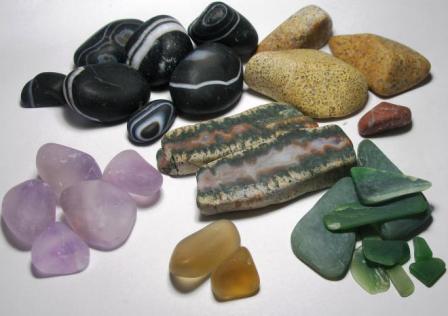
Olivines, larimars, sodas and others…
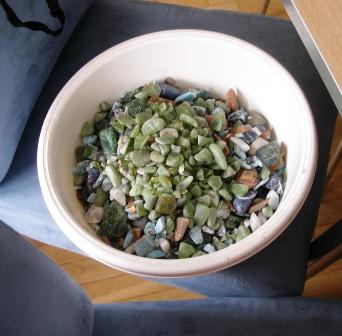
STEP IV - PREFACE
The fourth step, which can usually be omitted, is the so-called pre-cast (1000 - 2000 grain size)
STEP NO
The last step is polishing, which we always do in a vibrating machine, it's the most difficult part of the operation. What a stone, a different kind of powder, and everything is guarded with sharpsight several times a day. If left there for longer, the stones become confused again, and it is necessary to go back to fine grinding. (Most commonly, cerium oxide, corundum (alumina) or tin oxide is used in the powder roughness below 1 micron, and only diamond paste in corundum. A step back is also done when the shine fails (unsuitable powder, naughty raw material… for example blended, when it contains harder and softer parts, it is hilarious, for unknown reasons, etc.)
Garnet - Rhodolite from Tanzania Amazon Peninsula Kola Russia
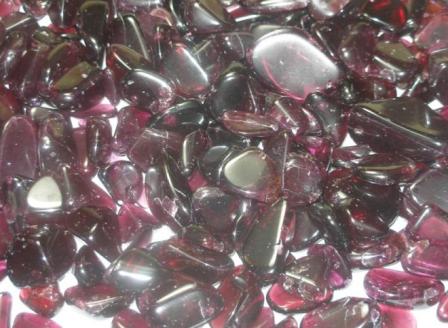
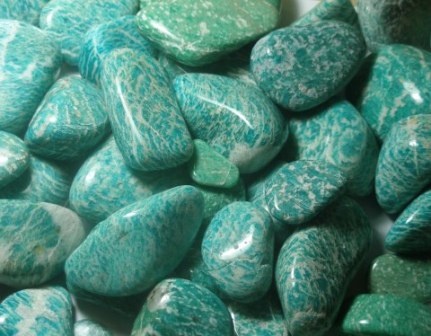
STEP 6 - MANUAL TUNING
Especially softer materials or some special stones are very difficult to polish to a high gloss. Some do not mind aesthetically at all (woody, dendritic, pink and blue opals, etc.) in others (eg labradorite) there is a phase of manual polishing. (but only for the pieces that are worth it)
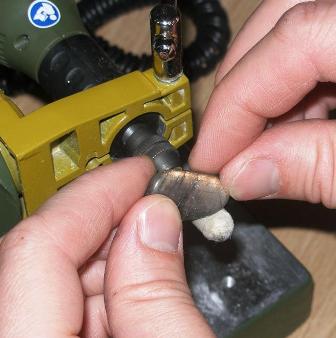
When the stones are finished, they sometimes have polishing powder in them. For this reason, they are still ultrasonic cleaned in soapy water and then a toothbrush.
Then comes the most joyous phase, which is taking over the finished dried stones.
Sorting mixture, emeralds, pink opals, topazs and nephrites. Tiger / Bull / Falcon Eye mixture
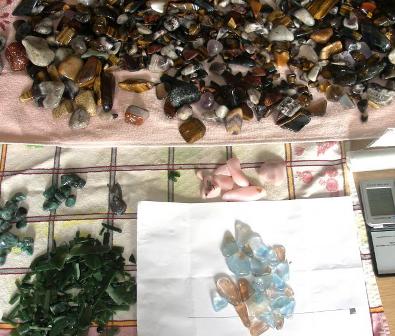
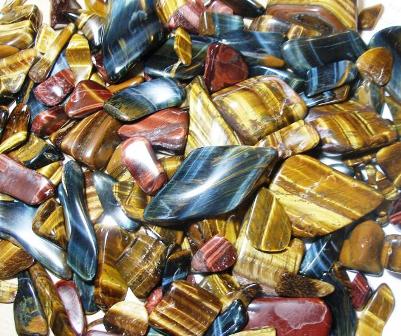
Happy girls ready for the stock market…
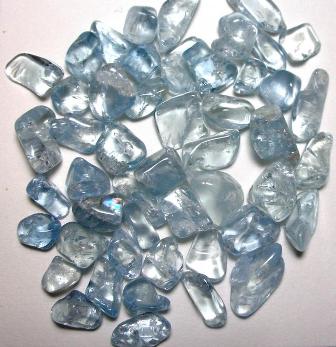

Usually we sort them out for those who keep what's fit for jewelry (they must have the right shape, quality, color, size and aesthetics, which only a small percentage, unfortunately). And what is sold on stock exchanges, or through other friends. From some suitable tamblers, we do thanks to the sawmill, a very cost-effective “irregular cabochon”…
This applies only to stones from our own raw materials. Those who are strangers, we surrender honestly to all, with the fact that sometimes we buy a few ready-made stones from the owner or into the collection. Or the person in question is paying for the parts of the stones, which we then sell ourselves.
Lately, we have to limit the tumbling of stones that people bring to the sea. Because these stones have different hardnesses, they can't be polished at once, and after polishing they often look worse than before. These are not stones suitable for processing.
Prepared by: Pavla Čepelíková and Mgr. Jan Čepelík



 (0) - 0,-
(0) - 0,-
